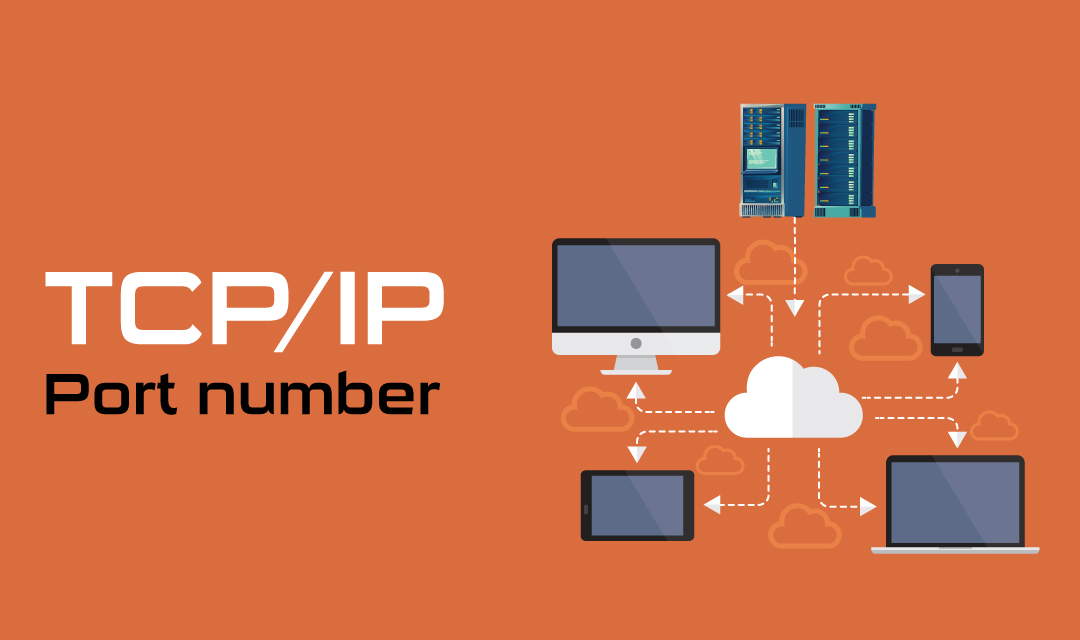
A port is a number assigned to an application to communicate between the server and the client. In the TCP/IP network, applications use one or more ports to communicate with a client. A port number is a 16-bit unsigned number ranging from 0 to 65,535. The first 1K ports (0 through 1023) are usually called well-known ports that are assigned to system applications, the next range from 1024 through 49,151 are allocated for user-registered ports, and the final range 19,152 through 65,535 are used for private or ephemeral purposes. The transport protocol that uses ports are (1) TCP and (2) UDP.
The port is an endpoint connecting one host to another, and paired with an IP Address to make up a complete path. Some port numbers are reserved for specific services (applications), and others are defined by users and are freely used as needed. A socket is established for one IP-port pair to another IP-port pair to establish a communication channel between two computers.
The first 1K ports are well-known ports (or system ports), and some of the most common ports are as follows:
| Port | Service |
|---|---|
| 20 | FTP Data |
| 21 | FTP Command Control |
| 22 | SSH, SFTP |
| 23 | Telnet |
| 25 | SMTP |
| 53 | DNS |
| 67-68 | DHCP |
| 80 | HTTP |
| 88 | Kerberos |
| 110 | POP3 |
| 119 | NMTP |
| 123 | NTP |
| 137-139 | NetBIOS |
| 143 | IMAP |
| 161 | SNMP |
| 194 | IRC |
| 443 | HTTPS |
| 465 | SMTP |
| 514 | Syslog |
| 563 | NNTPS |
| 993 | IMAP |
Port Scanning
Port scanning is known as scanning each port in sequence to determine if a process is running on that port. Each application listens to one or more ports to service its clients, and by scanning each port a third-party application can determine if a particular service is running on the host. A hacker uses this method to determine if a particular service is running on the host and makes an attempt to break into the host by injecting malicious code into vulnerable software.
Conclusion
A port is an endpoint used to virtually connect one host to another, and provide a communication channel for a specific service (or program). Each host has an IP address, and the IP and port pair on each end will create a virtual channel to communicate with each other. Generally, the port on each end will use the same port number but NAT may be used to translate one port to another when one end is using a private IP address.
Share this post
Leave a comment
All comments are moderated. Spammy and bot submitted comments are deleted. Please submit the comments that are helpful to others, and we'll approve your comments. A comment that includes outbound link will only be approved if the content is relevant to the topic, and has some value to our readers.

Comments (0)
No comment